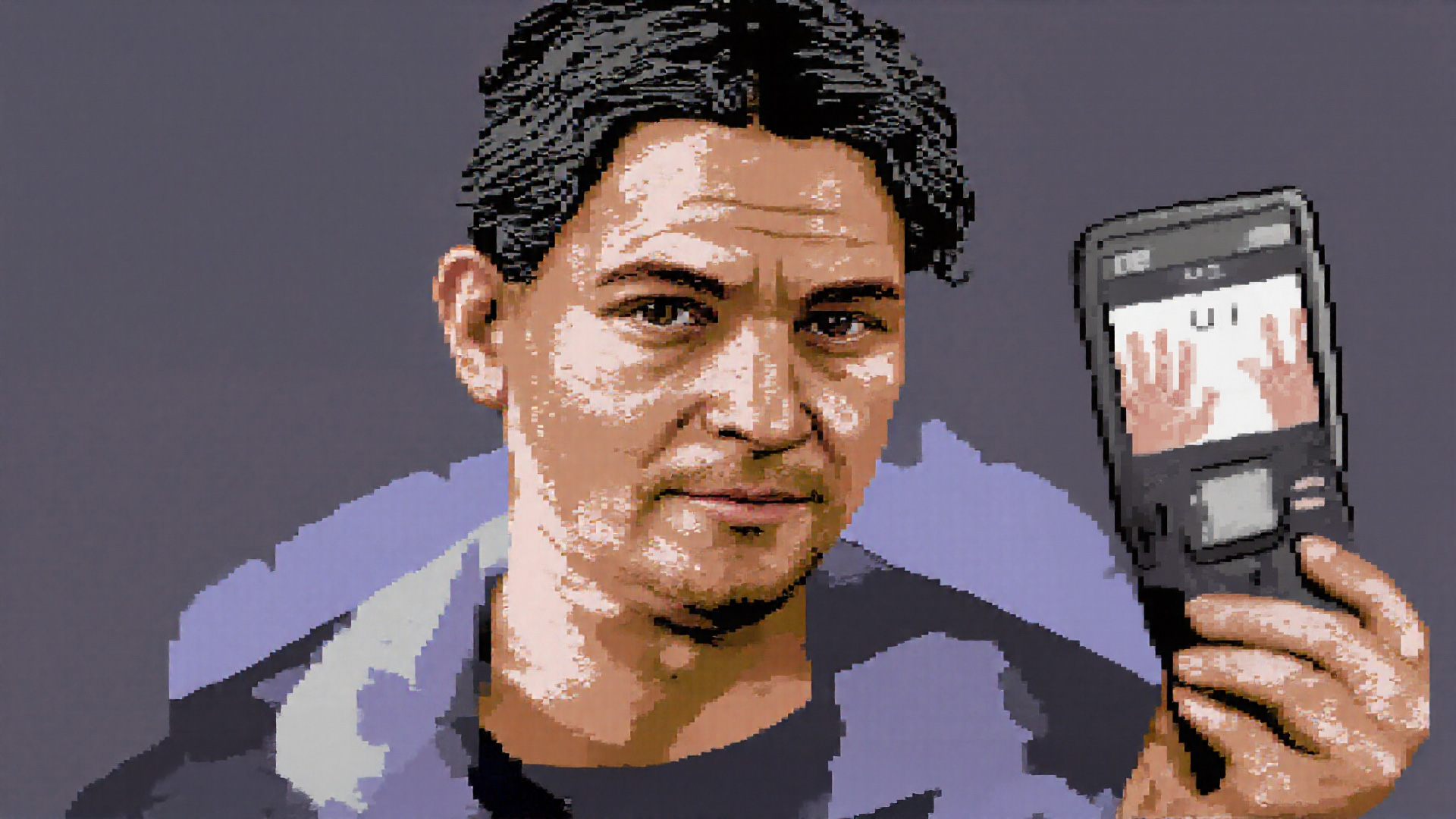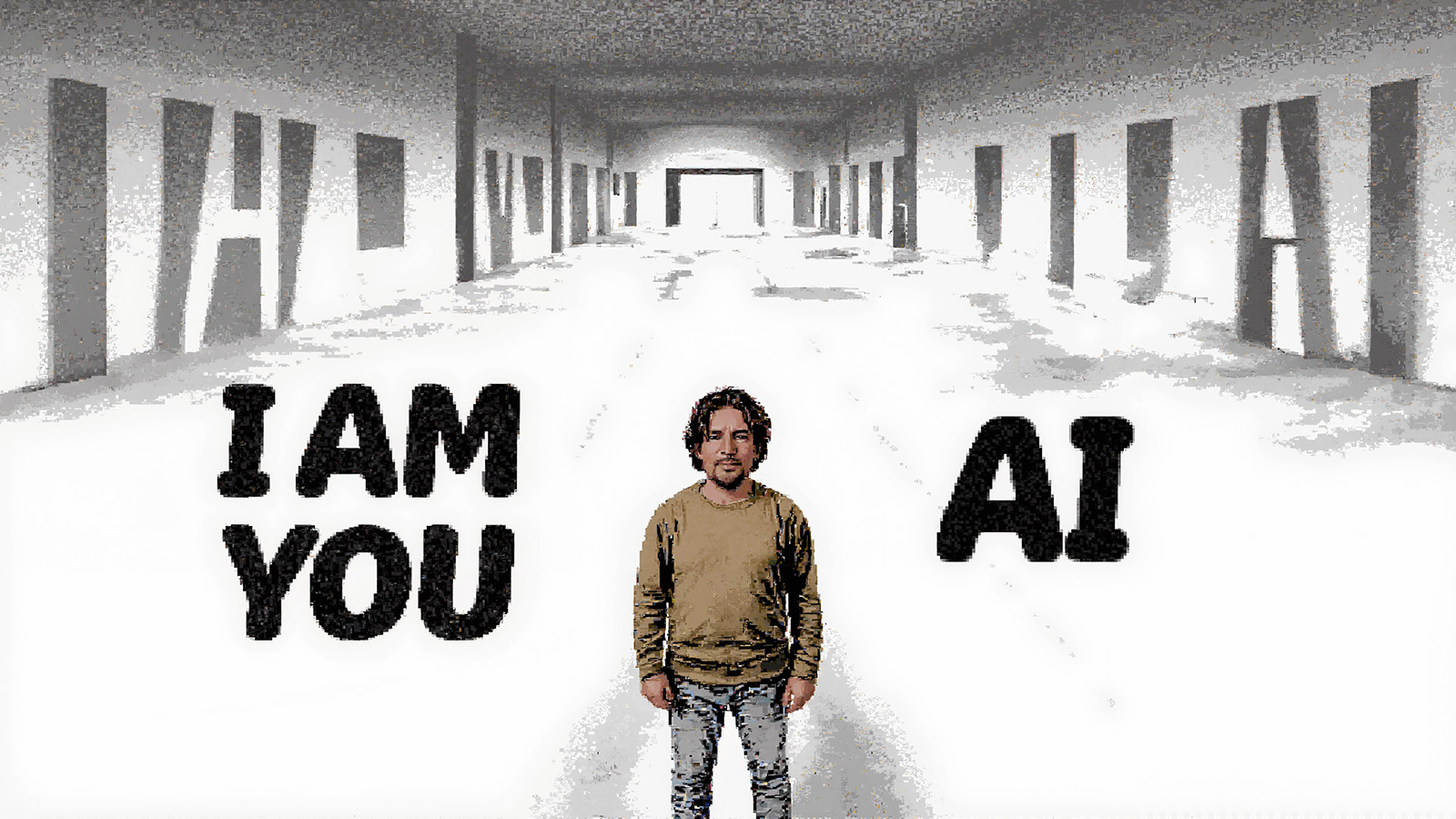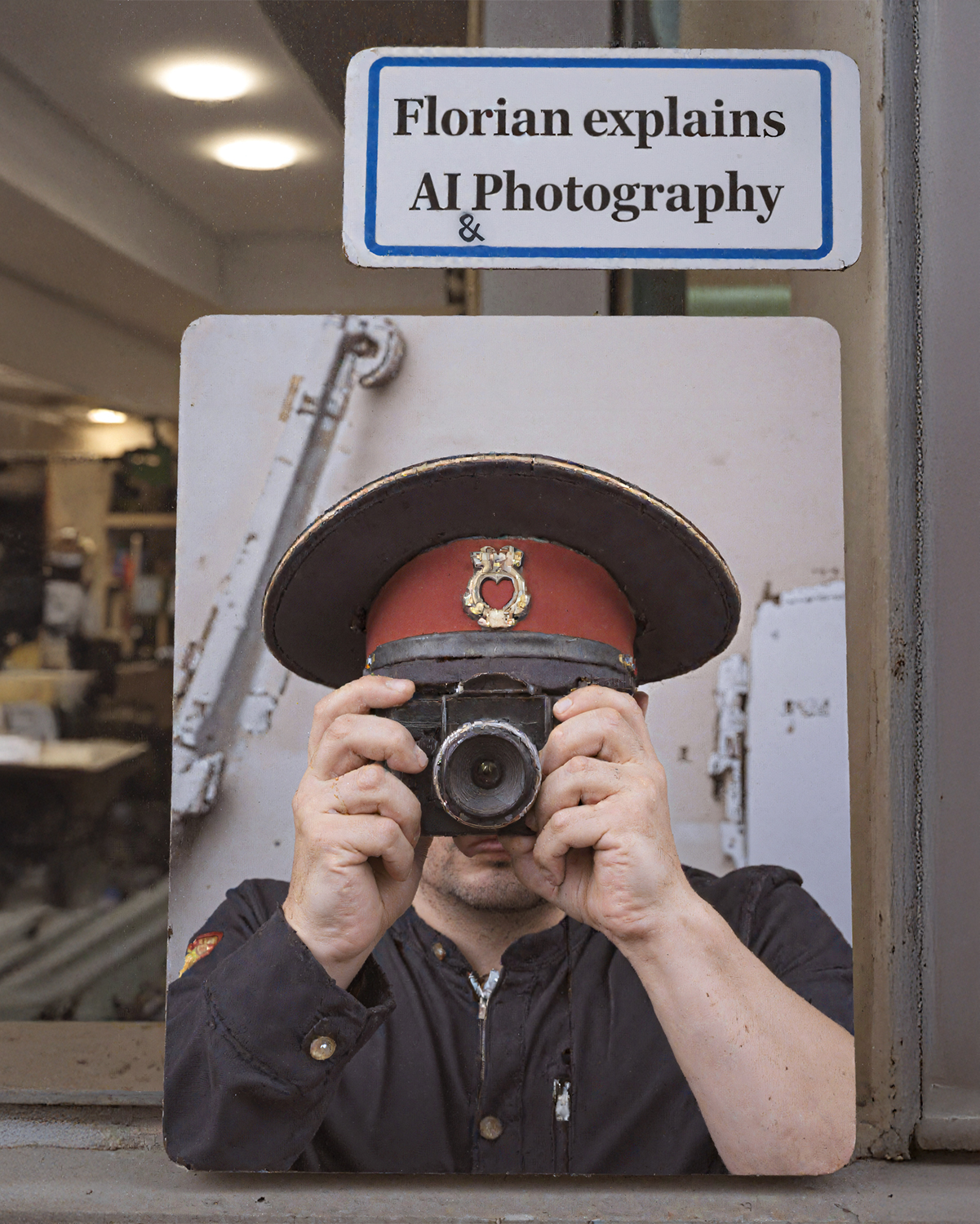Ein Vorwort
Was mir in Bezug auf den Umgang mit KI und Machine Learning aktuell vielerorts auffällt, ist ein wenig mit der Situation in Deutschland vergleichbar, während eines internationalen Fußballturniers: Es liegt ein wenig Aufregung in der Luft, und fast jede Person, welche sich ein wenig mit Fußball auskennt, besitzt den Anspruch, Bundestrainer zu sein. Der dabei reale Raum der Einflussnahme findet dabei meistens zwischen dem heimischen Sofa, einer Flasche Bier und dem TV-Gerät statt. Aber dort fühlt es sich so an, als wäre man selbst am Spielfeldrand, und weiß alles natürlich immer besser als die Person, die den Job wirklich macht.
Gewinnt die Mannschaft, klopft man sich lobend auf die Schulter. Verliert die Mannschaft vor den eigenen Augen im heimischen TV-Gerät , dann hat man damit nichts zu tun. Schließlich hat man von Anfang an gesagt, dass die gewählte Taktik zum Scheitern verurteilt war. Das ist natürlich grundsätzlich völlig in Ordnung, wenn da nur eine Sache nicht wäre: International laufen gerade alle gefühlt in Sache von KI und Machine-Learning um die Wette. Aber beim überwiegenden Digitalisierungs-Low-Performer Deutschland, will man davon scheinbar nicht wirklich viel wissen. Man schaut im TV wie bei einem Fußballturnier lieber mit Abstand zu. Man redet über mögliche Taktiken, Optionen und Perspektiven, nimmt keinen Einfluss auf das reale Geschehen. Und wenn mal darüber gesprochen wird, dann verwechseln sehr viele KI mit UI und merken es nicht einmal. Das stört mich mittlerweile so sehr, dass ich diese Beitragsserie angefangen habe.
Natürlich kann ich nicht alles hier erklären, aber selbst als Künstler der sehr intensiv zu diesen Themen auch forscht, kann ich zumindest ein paar Impulse geben. Es ist auch nicht einfach zu fassen, was aktuell alles passiert. Innerhalb von wenigen Stunden ändern und entwickeln sich stellenweise komplette Technologien neu, und dies stellenweise mehrmals an einem einzigen Tag. Entwicklungen, gerade in technologischer Hinsicht, welche bis vor einiger Zeit sich über Jahre hinweg erstreckten, finden inzwischen binnen eines Nachmittags statt. In Bezug auf Fotografie finde ich es faszinierend und gleichermaßen unheimlich, dass ich an einem Abend beispielsweise, während ich eine Kanne Tee trinke, mir einfach mal eine neue „Evolutionstheorie“ ausdenken kann. Binnen von Minuten kann ich diese fotografisch bebildern, ohne mein Sofa dabei verlassen zu müssen. Dies mit ca. 10 KI-Modellen parallel, um Bilder nach meiner Vorstellung zu erzeugen.
Ich verstehe, dass all das, was gerade um uns geschieht, verunsichern kann, das ist mehr als verständlich. Natürlich ist es auch nahezu unmöglich, als Individuum all den neuen Entwicklungen gleichermaßen Aufmerksamkeit zu schenken. Ich würde dies gerne, aber dafür hat der Tag einfach zu wenige Stunden. Sehr komprimiert zusammengefasst formuliere ich an dieser Stelle meine erste Aussage, welche meines Erachtens grundsätzlich in Bezug auf KI verstanden werden sollte, bevor man darüber urteilt oder spricht:
Aussage Eins: „Das ist nicht KI, sondern eine UI, worüber ihr da redet!“

Also vorweg „UI“ ist die Abkürzung von „User Interface“. Dies bedeutet so viel wie Benutzeroberfläche, also das, womit man als Person mit einem Gerät interagiert. Bei einem Smartphone wären dies z. B. Gesten auf dem Touchscreen. Oder an einem Computer in Form von Maus und Tastatur, oder auf einer Internetseite in Form von einer grafischen Benutzeroberfläche wie Eingabemasken beispielsweise und so weiter.
Warum ist das wichtig zu wissen?
Ich beobachte in vielen Debatten gerade im kulturellen und künstlerischen Kontext über KI & Machine-Learning Menschen, welche ausgehend einer Eingabemaske, welche sie beispielsweise mal bei Microsoft-Copilot, Google-Gemini oder OpenAI-ChatGPT nutzten, oder Bildgeneratoren wie Midjourney, Adobe-Firefly oder DALL-E nun denken: „Das ist also KI“. Aus der Erfahrung heraus, selbst einen Text, also Prompt, in eine Eingabemaske eingegeben zu haben, und daraufhin ein Ergebnis erhalten zu haben, denken einige Personen, verstanden zu haben, worum es geht. Dies jedoch ohne dabei zu wissen: wie KI/Machine-Learning an sich funktioniert, was dort passiert, wie KI-Modelle entstehen, was KI-Modelle überhaupt sind, wie die dazugehörigen Trainingsdaten erzeugt werden und so weiter und so weiter.
User statt Producer

Aufbauend auf die alleinigen Erfahrungen an einer UI, schwingen dann viele selbst ernannten Expertinnen auf Bühnen, indessen Reden und debattieren aus ihrer Perspektive über KI und Zukunft. In Wahrheit sprechen sie schlussendlich aber nur über UIs, und ihrer Erfahrungen damit. Verstanden, worüber sie wirklich sprechen, also das, was hinter den Eingabemasken geschieht, tun viele leider nicht wirklich. Sie reden über das grafische Framework, das ihnen Unternehmen zur Verfügung stellen, nicht darüber, wie das Framework, und alles dahinter damit einhergehend funktioniert oder wie es aufgebaut ist.
Was ich damit zugespitzt sagen möchte: Viele wissen nicht, worüber sie sprechen, aber in vielen Kreisen hat man sich scheinbar darauf geeinigt, dass dies State-of-the-Art nun ist! Eine kollektive Unwissenheit ist schlussendlich auch vielleicht einfacher zu legitimieren, anstatt zuzugeben, dass nur wenige Personen wirklich wissen, was sie tun oder erklären können.
Bei unseren europäischen Nachbarländern und weit darüber hinaus stellt sich das viel innovativer dar. Aber hier in Deutschland, verwechselt man oftmals UI mit KI, und damit in meinen Worten einfach erklärt: User und Producer Ebene! Dadurch denkt der User schlussendlich, er sei der Producer, bewegt sich nur in definierten Rahmen, aber merkt es nicht mehr. Das ist in etwas so als würde man ein Malen-Nach-Zahlen-Bild ausmalen, und wäre davon überzeugt sein, frei und autonom ein Bild ohne Vorgaben zu malen!
Daher möchte ich an dieser Stelle auf ein Video verweisen, auf welches ich in meiner Lehre gerne aufmerksam mache. Dort wird in meinen Augen hervorragend KI veranschaulicht: Link zu Youtube
Vorschau
So, das war jetzt relativ viel für den Anfang. Bald geht es weiter, mit dem Beweis: dass eine eigene fotografische, künstlerische sowie stilistische Bildsprache mit der Hilfe von KI möglich ist. Ich künde meine Blog-Artikel in meinem Instagram-Account auch an, falls man Interesse hat, kann man mir dort folge
Bis bald und viele Grüße.
Florian Albrecht-Schoeck
A foreword
What strikes me in many places when it comes to the topic of AI and machine learning is a bit like the situation in Germany during an international football tournament: there is a bit of hype in the air, and almost every person who knows a little about football claims to be the German national coach. The real space of influence usually happens between the sofa at home, a bottle of beer and the television. But it feels as if you are on the sidelines yourself, and of course you always know better than the person who is actually doing the job.
If the team wins, you give yourself a pat on the shoulder in self-praise. If the team loses in front of your own eyes on your home TV, then you have nothing to do with it. You just said from the beginning that the chosen tactic was doomed to fail. Of course, that’s fine in principle, if only there wasn’t one problem: on an international level, everyone is racing to get ahead in the field of AI and machine learning. But when it comes to Germany, a digitalization low performer, it seems that people don’t really want to know much about it. Like at a football tournament on TV, they prefer to watch it from a distance. They talk about possible tactics, options and perspectives, but don’t really influence what’s happening in real life. Even when it is discussed, many people misunderstand UI for AI and don’t even realize it. This has become such a big issue for me that I have started this series of posts.
Of course I can’t explain everything here, but even as an artist who does a lot of research on these topics, I can give at least a few impulses. It’s not easy to grasp everything that’s currently taking place either. Within a few hours, entire technologies change and develop anew in places, and this happens several times in a single day. Developments, particularly in technological terms, which used to take years to complete, now take place in the space of an afternoon.
I understand that everything that is happening around us right now can be disconcerting; that is more than understandable. Of course, it is also almost impossible for an individual to pay attention to all of the new developments alike. I would like to, but the day just doesn’t have enough time. At this point, I would like to summarize my first statement, which I believe should be understood in principle with regard to AI before judging or talking about it:
Statement One: “This is not AI, but a UI, what you are talking about!”

First of all, “UI” is short for “user interface”. This means the way in which a person interacts with a device. On a smartphone, for example, gestures on the touchscreen. Or on a computer using a mouse and keyboard, or on a website in the format of a graphical user interface such as input masks, for example, and so on.
Why is this important to know?
In many debates about AI and machine learning, especially in a cultural and artistic context, I observe people who, based on an input mask that they used, for example, with Microsoft-Copilot, Google-Gemini or OpenAI-ChatGPT, or image generators such as Midjourney, Adobe-Firefly or DALL-E, now think: “So that’s AI”. Based on their experience of entering a text (a prompt) into an input mask and then receiving a result, some people think they understand what it is all about. What they don’t know, how AI/machine learning works, what happens there, how AI models are created, what AI models in general are, how the training data for them is generated and so on and so forth.
User instead of producer

Based on their own experiences at a UI, many self-proclaimed experts then take to the stage to talk and debate about AI and the future from their perspective. In reality, however, they only talk about UIs and their experiences with them. Unfortunately, not many people really understand what they are actually talking about, namely what happens behind the input masks. What they talk about is the graphical framework that the company provides for them, not how the framework and everything behind it works or how it is structured.
What I want to say with this is: a lot of people don’t know what they are talking about, but in many circles, it seems that they have agreed that this is the state of the art! In the end, collective ignorance is perhaps easier to legitimize than to admit that only a few people really know what they are doing, or can even explain it.
Our European neighbors and far beyond are much more innovative in this respect. But here in Germany, people often mistake UI for AI, and in my words, simply explained: user and producer level! As a result, the user finally thinks he is the producer, only moves around inside defined parameters, but no longer notices it. It’s a bit like coloring a paint-by-numbers picture and being convinced that you are painting a picture freely and autonomously without any guidelines!
At this point, I would like to refer you to a video that I like to draw attention to in my teaching. In my opinion, it illustrates AI excellently (unfortunately it is in German): Link to Youtube
Preview
So, that was quite a lot to start with. I’ll continue soon with the proof that a unique photographic, artistic and stylistic visual language is possible with the help of AI. I will announce my blog articles on my Instagram account, if you are interested you can follow me there.
See you soon and best regards.
Florian Albrecht-Schoeck
